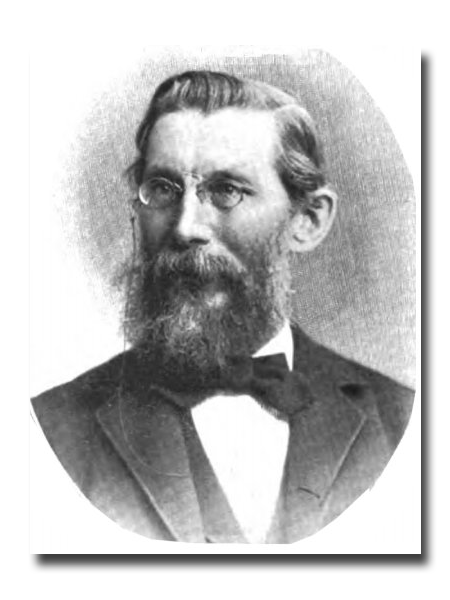”@”@Origin
”@”@Pens can be traced back to the Egyptian reed pens in the first Dynesty era (3000 BC) and the ancient European quills. Both of them have the pen tips cut for writing. Before writing on the papyri, scrolls or paper, people immersed the pen tips in the ink to get enough amount.
”@”@ Fountain pens first appeared in the 10th century, and was used for writing until the 18th century. With 2 main features, the tough metal pen tip and the ink reservoir, fountain pens, however, needed a fluent control/supply ink mechanism to ensure a stable supply of ink (He Chengxiang, 2011).
”@”@Invention process
”@”@In1780, Harrison, a British ring maker, made the first pen in Birmingham, which was called the Steel Pen. In 1803, Wise, a Londoner, applied his principles to produce pens for sale. Later on, in 1820, Joseph Gillott, a famous pen-maker, successfully manufactured very thin and soft pen tips, which could be used to write with ink. All of the above-mentioned pens fell in the category of fountain pens and tended to leak. (kenneth31”A2013)
”@”@In fact, people didn’t make great progress in techniques of making pens until Lewis Edson Waterman improved the pens. Later on, people started working on the decoration adopting special materials, such as ivory, shell, gold and silver.
| ”@”@The Father of Pen Reasons for the Invention ”@”@Lewis Edson Waterman worked as an insurance agent. One day, when he was taking an application form to his clients for signning, the pen was leaking to make the form dirty.Therefore, he went back to his office to get another application form. At that time, the insurance industry was very comptitive in New York. So when he was preparing a new form , his rival got the contract. This event made Waterman decide to make an ideal pen.(Xinren Jin Bi, 2013) Improved Features ”@”@ Applying the principles of a capillary pipette, Waterman discovered that with a channel for the ink to run, pens needed another one for the air to come in. After many experiments, he made a non-leaking pen with a channel like a sawllow’s tail for the air to come in and a straight way in the middle for the ink to run out. Waterman patented the design in 1883, and got the US government’s approval on 12th, Februray, 1884. (Xinren Jin Bi, 2013) |
 Picture 3-1-1 The Father of Fountain Pens: Portrait of Waltman Source of Information: WikiPedia |










